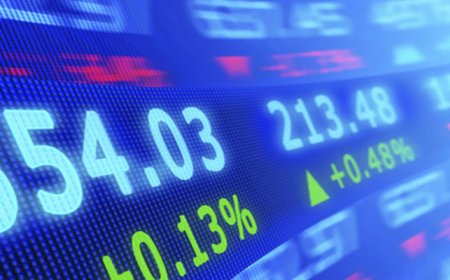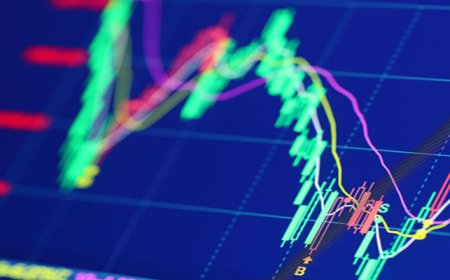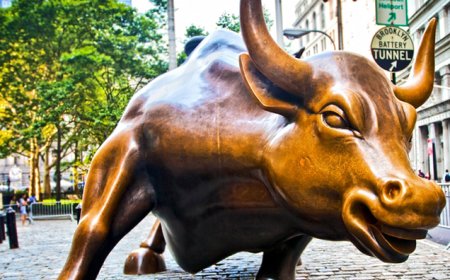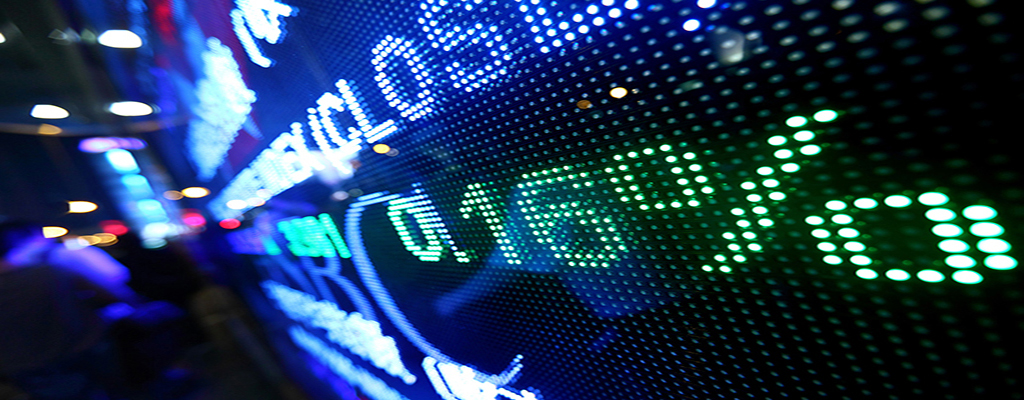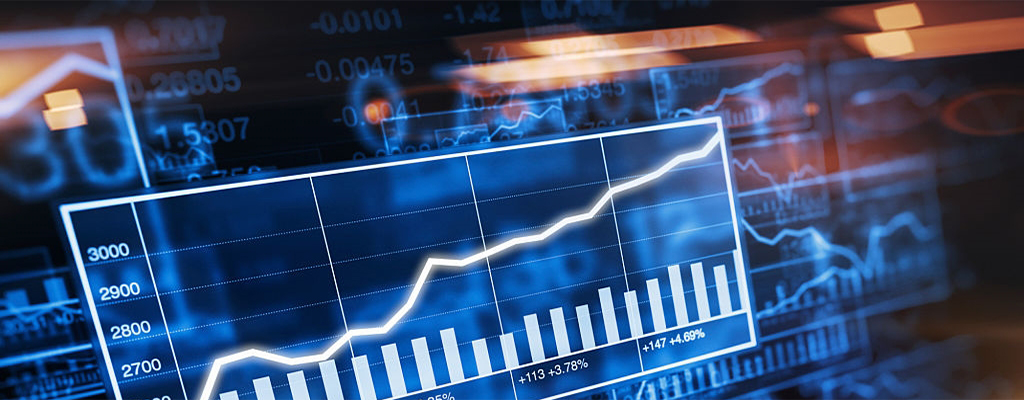Why Markets Are at All-Time Highs After EU Deal
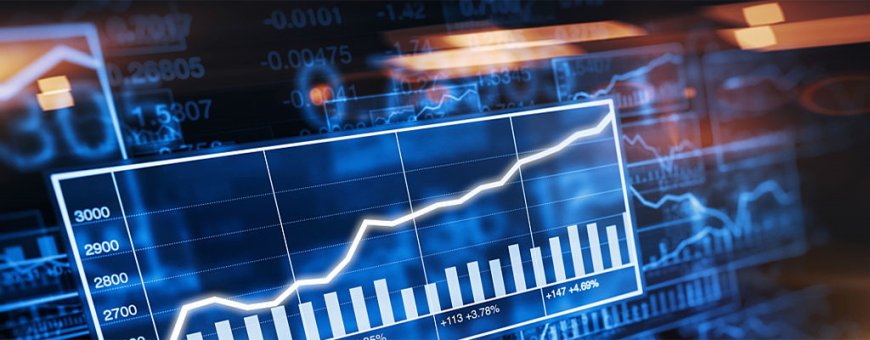
“Less bad than thought” is the accepted mantra for tariff trade deals. On the weekend, the U.S. announced a 15% tariff on the European Union. Additionally, the EU would spend $750 billion on US liquefied natural gas.
The agreement improves U.S. LNG investments. Companies like Cheniere (LNG), MPLX LP (MPLX), Enterprise Products (EPD), and Energy Transfer (ET) are compelling investments for the income investor.
Markets reacted tepidly at first to the deal. In the last moment, however, buyers aggressively bid on the Dow Jones, Nasdaq (QQQ), and S&P 500 (IVV). That reversed a down day into an all-time high for the S&P 500.
Stock markets are less fearful that a tariff rate ending up at 15% to 20% among U.S. trade partners is manageable. Corporate profits will fall, yet a rising price-to-earnings ratio is acceptable. When speculations like Opendoor (OPEN), Sharplink Gaming (SBET), Krispy Kreme (DNUT), and Kohl’s (KSS) are short-lived, double-digit percentage gains, P/E risks are not a factor.
For now, markets are not pricing in tariffs, which act like tax hikes on purchasers importing foreign goods. They did not show up in U.S. inflation reports. The falling U.S. dollar (DXY) is one of the few asset types reacting to tariffs. That should help foreign exporters. It decreases the cost of their product.





